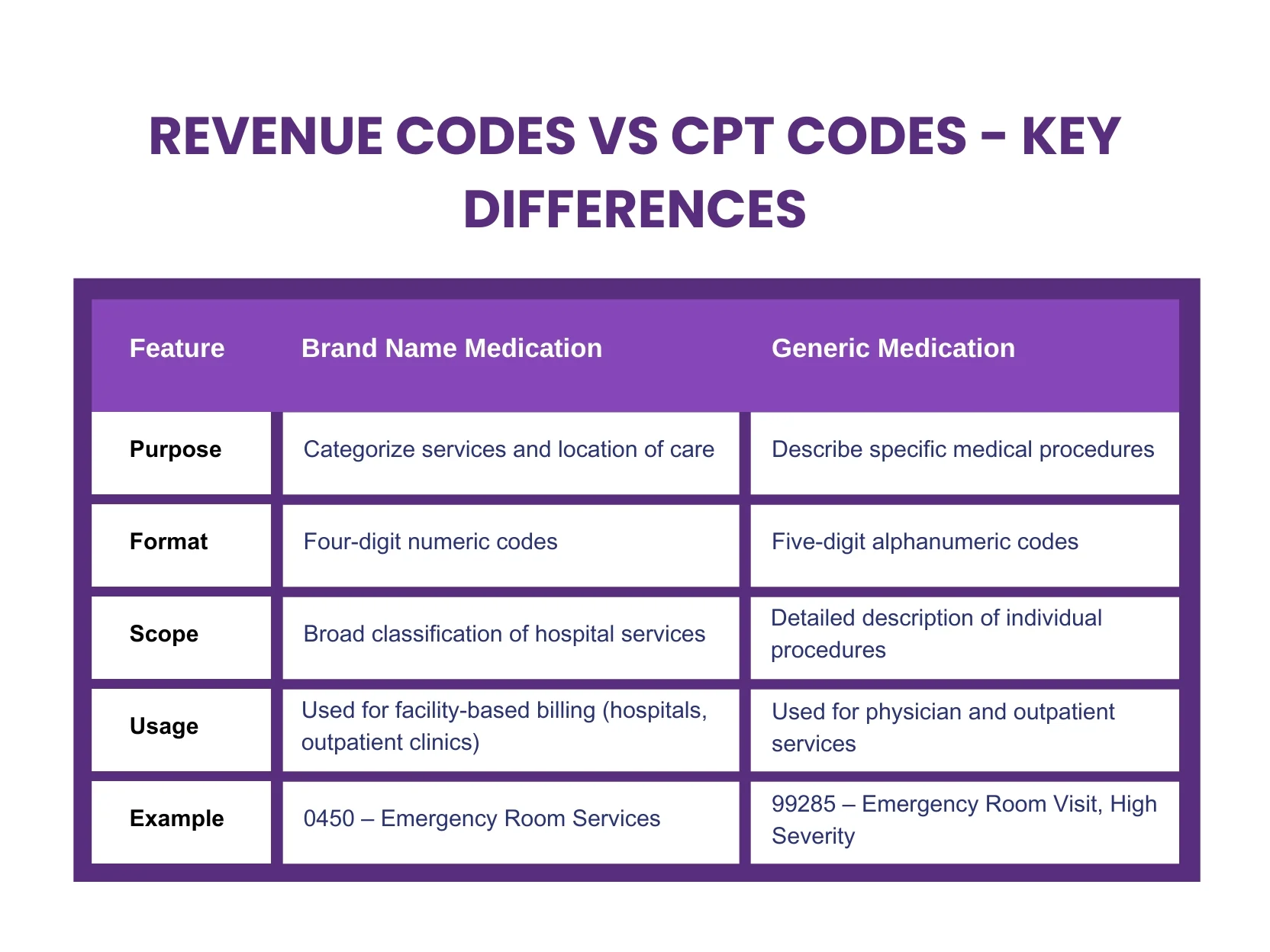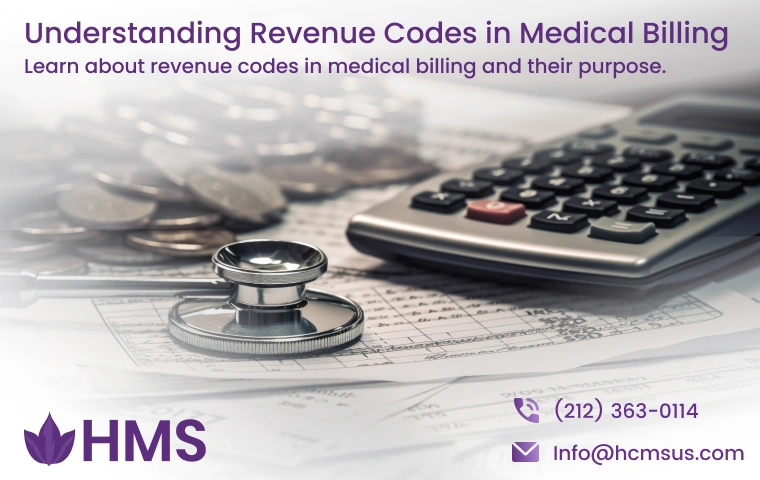Medical billing is a complex yet essential aspect of the healthcare industry, ensuring that healthcare providers receive appropriate reimbursement for services rendered. One of the critical elements in this process is the revenue code—a numerical system that classifies the services, procedures, and accommodations provided to patients. These codes are crucial for accurate billing, claim submission, and reimbursement from insurance companies.
In this comprehensive guide, we’ll explore the fundamentals of revenue codes, their purpose, how they differ from other coding systems, and their role in the revenue cycle.
What is a Revenue Code?
A revenue code is a standardized four-digit numerical code assigned to different types of services provided in a healthcare facility. These codes help identify not only the type of service but also the department or location within the hospital where the service was rendered.
Originally developed for Medicare, revenue codes are now widely used across various healthcare settings, including hospitals, outpatient clinics, and specialized treatment centers. They play a pivotal role in organizing billing information, ensuring accuracy in claims, and preventing denials due to mismatched procedure codes.
Purpose and Importance of Revenue Codes
Revenue codes serve multiple essential functions in medical billing and reimbursement, including:
1. Claim Processing and Reimbursement
Insurance companies require revenue codes to process claims accurately. These codes categorize the services provided, ensuring that payers can assess the charges appropriately. If revenue codes are missing or incorrect, claims may be denied or delayed.
2. Identifying Service Locations
Unlike other medical codes that describe specific treatments, revenue codes indicate where the service was performed. For example, a blood transfusion in the emergency department will have a different revenue code than the same procedure performed in a treatment room.
3. Grouping Similar Services
Hospitals and healthcare facilities use revenue codes to group similar services under one classification. This simplifies billing and streamlines financial reporting for healthcare administrators.
4. Regulatory Compliance
Regulatory bodies such as the National Uniform Billing Committee (NUBC) maintain and update revenue codes to ensure standardization across all healthcare institutions. Proper usage of revenue codes ensures compliance with Medicare, Medicaid, and private insurance requirements.
Revenue Codes vs CPT Codes - Key Differences
A common point of confusion in medical billing is the distinction between revenue codes vs CPT codes. While both are used in medical billing, they serve different purposes:

How They Work Together
Revenue codes and CPT codes are often used in conjunction with each other on claim forms. While a revenue code consists of information about the service type and location, CPT codes provide further details about the exact procedure performed. Both codes must align correctly for claims to be processed successfully.
Structure of a Revenue Code
A revenue code consists of four digits, with the first digit often representing the broader category of service, while the remaining digits offer more specificity. The structure generally follows this format:
-
First Digit: Identifies the general service category (e.g., room and board, pharmacy, radiology)
-
Last Three Digits: Provide more detailed information about the specific service
Examples of Revenue Codes
To understand the structure better, here are a few commonly used revenue codes:
-
Room and Board Services
-
0100 – General Room & Board
-
0120 – Semi-Private Room (Two Beds)
-
0150 – Private Room
-
-
Emergency Services
-
0450 – General Emergency Room Services
-
0456 – Urgent Care Services
-
-
Operating Room Services
-
0360 – General Operating Room
-
0361 – Minor Surgery Operating Room
-
-
Pharmacy and Medications
-
0250 – General Pharmacy
-
0251 – Generic Drugs
-
0252 – Non-Generic Drugs
-
By correctly using revenue codes, medical billers can ensure that claims are processed efficiently and healthcare providers receive the appropriate reimbursement.
The Role of Revenue Codes in the Revenue Cycle
Revenue codes play a significant role in revenue cycle management (RCM), the process of tracking patient revenue from appointment scheduling to final payment. The correct application of these codes affects:
-
Billing Accuracy: Avoiding claim denials due to incorrect code combinations.
-
Timely Reimbursement: Ensuring that insurance companies process payments without delays.
-
Financial Reporting: Helping healthcare administrators track revenue across different service departments.
Given the complexity of revenue cycle management, many healthcare facilities opt to outsource their medical billing operations or implement billing software that automates code selection and verification.
Closing Remarks
Revenue codes are an essential part of medical billing, providing a standardized way to classify healthcare services and their associated costs. They help differentiate service locations, facilitate accurate reimbursement, and ensure compliance with insurance policies. Understanding revenue codes vs CPT codes is crucial for medical billers, as both must be correctly paired for successful claims processing.
By maintaining proper documentation, using the correct codes, and staying updated on coding regulations, healthcare providers can optimize their revenue cycle and reduce claim denials. As medical billing continues to evolve, staying informed about revenue codes will remain vital for efficient healthcare operations.
ABOUT AUTHOR

Alex White
I’m Alex White, a Senior A/R Specialist with years of experience in medical billing and coding. I specialize in revenue cycle management and reimbursement processes, with a passion for accuracy and efficiency. Through my writing, I aim to share valuable insights and be a trusted voice in the medical billing and coding industry.
